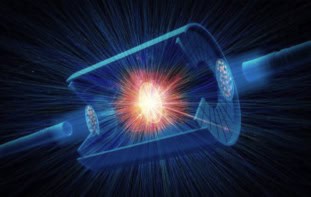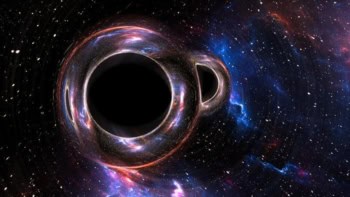The 2020 Nobel Prize for Physics will be announced on Tuesday 6 October. In the run-up to the announcement, Physics World editors have picked some of the people who they think have been overlooked for a prize in the past

In 2008 three physicists bagged that year’s Nobel Prize for Physics for developing predictions and concepts on symmetry breaking that became the cornerstones of the Standard Model of Particle Physics.
Makoto Kobayashi of the KEK lab and Toshihide Maskawa from the University of Kyoto, both in Japan, shared one half of prize for their work in 1972 on the mechanism of broken symmetry, which led to the prediction of a new family of quarks. Yoichiro Nambu of the University of Chicago in the US, who died in 2015, bagged the other half of the prize for realizing in 1960 how to apply spontaneous symmetry breaking to particle physics. Nambu’s work described how the vacuum is not the most symmetrical state, work that underpinned the mechanism for the Higgs field.
Symmetry breaking seeks to explain the subtle differences in physics that enables matter to tip the balance with antimatter in the universe. Charge (C) symmetry involves particles behaving like their oppositely charged antiparticles, while “parity” (P) symmetry means events should be the same when the three spatial co-ordinates x, y and z are flipped. In the 1950s, physicists discovered that charge symmetry breaks in the weak interaction, which governs radioactive beta decay. This was followed a few years later by observations of parity breaking in the weak interaction. A decade later and CP violation was shown to break during the decay of kaons.
It is the theory explaining CP violation that handed the 2008 Nobel prize to Kobayashi and Maskawa. In 1972, while at Nagoya University, the duo formulated a 3 × 3 matrix that describes how the strange quark and down quark inside a kaon can switch to and fro into their antiparticles and, in doing so, occasionally break CP symmetry. Moreover, the mixing in the matrix implied the existence of new quarks – the charm, bottom and top – all of which were discovered over the following decades.
Missing link
Kobayashi and Maskawa’s groundbreaking matrix was later named the CKM matrix after the initials of the physicists involved. But the first initial, C, reveals the contribution of someone else: Nicola Cabibbo. He was an Italian theorist from the CERN particle-physics lab near Geneva who in 1963 developed a smaller 2 x 2 quark-mixing matrix that ultimately laid the groundwork for Kobayashi and Maskawa almost a decade later. Overlooked for the Nobel: Jocelyn Bell Burnell
Unfortunately for Cabibbo, the statutes of the Nobel Foundation, set down in 1900 some three years after the reading of Alfred Nobel’s will, state that the prize can go to no more than three people every year. While some mainained that Cabibbo could be honoured in another year, he died in 2010 at the age of 75 and another Nobel rule stipulates that awards cannot be given posthumously.
Some suggested that the committee could have given the prize in 2008 to Cabibbo, Kobayashi and Maskawa, leaving Nambu to be honoured in the future. Indeed, Roberto Petronzio, president of Italy’s National Institute for Nuclear Physics, said at the time that he was “filled with bitterness” at Cabibbo missing out.
So, in an alternative universe, Cabibbo, Kobayashi and Maskawa would have shared the 2008 Nobel, leaving Nambu to be awarded the prize following the discovery of the Higgs boson in 2012. But hindsight is a wonderful thing.



